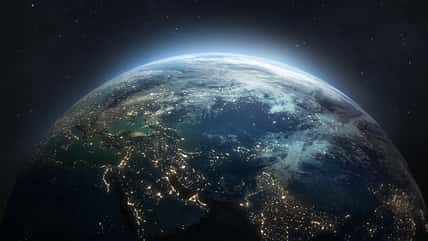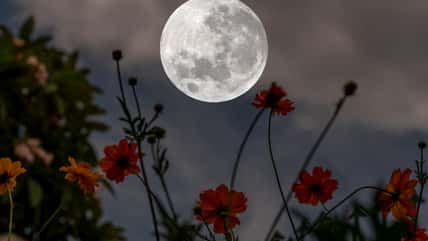Space Junk Is Threatening Earth And Scientists Are On Edge About It

As the years pass, humanity is sending more junk into space than ever before and scientists are on edge because it poses a threat to us.
Space junk refers to stuff that has been put into low Earth orbit that has not fallen back to Earth or spun out into space.
According to Anncy Thresher, an assistant professor of public policy and philosophy at Northeastern University, 99 percent of the stuff that humans have launched from Earth is still sitting up there.
Commercial space launches led by Starlink and other private companies have become more common. Therefore, the amount of junk floating around in space has increased significantly.
“We’re just getting more stuff up there, and that increases the chances that junk is going to do something problematic,” said Thresher.
It is possible that the material won’t stay in orbit. Over time, space junk degrades and can slow down enough to lower out of orbit and enter the Earth’s atmosphere. An object that is large enough will not burn up in the atmosphere. Instead, it will plummet to Earth.
Luckily, researchers have gotten pretty good at tracking the larger objects, so they can issue warnings about where space junk might land.
The more serious threat is the space junk that remains in low Earth orbit. The longer stuff stays up there, the more likely the Kessler syndrome is to occur.
The Kessler syndrome was first proposed in 1978 by a pair of NASA scientists named Donald Kessler and Burton Cour-Palais. It is when an increase in low Earth orbit objects has the potential to lead to a chain reaction of collisions.

Sign up for Chip Chick’s newsletter and get stories like this delivered to your inbox.
“The more collisions, the more fragments there are everywhere; the more fragments there are, the more likely you have collisions, which leads to this chain reaction event,” said Thresher.
As objects crash into each other and break apart, Earth’s air space will become filled up with junk that could destroy anything that scientists try to launch, including important space missions and satellites, which are the foundation of modern communication.
In addition, space junk’s environmental impact poses a major risk to humans. Space junk that burns up as it falls to Earth is beginning to pollute the atmosphere with microplastics and metals.
It is also making the atmosphere more reflective so that it is more challenging for astronomers to study the cosmos. It may even be affecting the Earth’s temperature.
“It’s becoming more reflective because there’s more metal in it, which means we’re reflecting more sunlight,” said Thresher. “So, in a weird way, it’s cooling the planet at an extreme.”
Government agencies like NASA and the European Space Agency are trying to find ways to deal with space junk.
They are exploring all kinds of options, including lasers to nudge the debris to slow it down and giant nets to catch the junk.
Perhaps official regulations about who can send stuff into space will be passed soon.
More About:News





